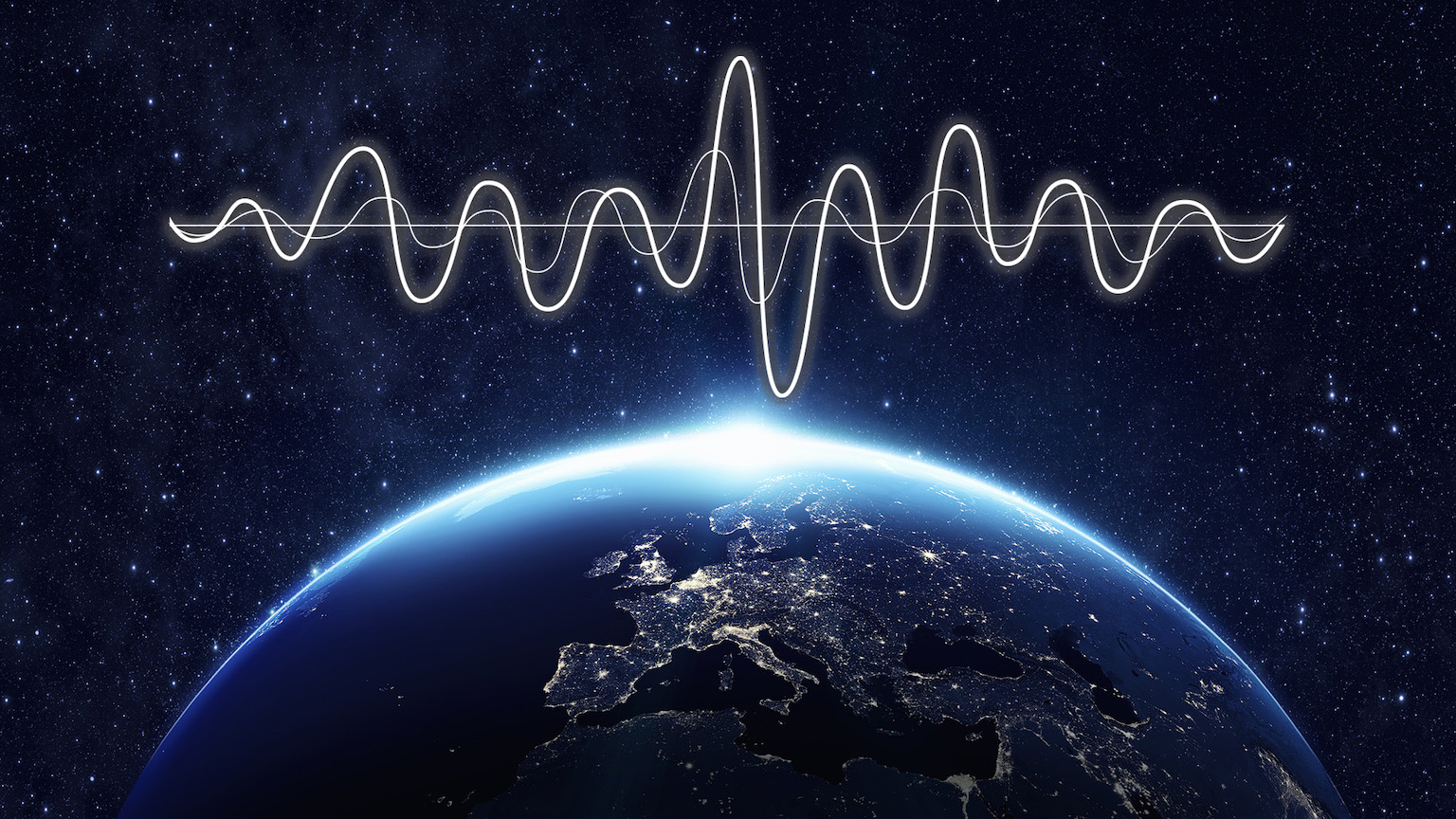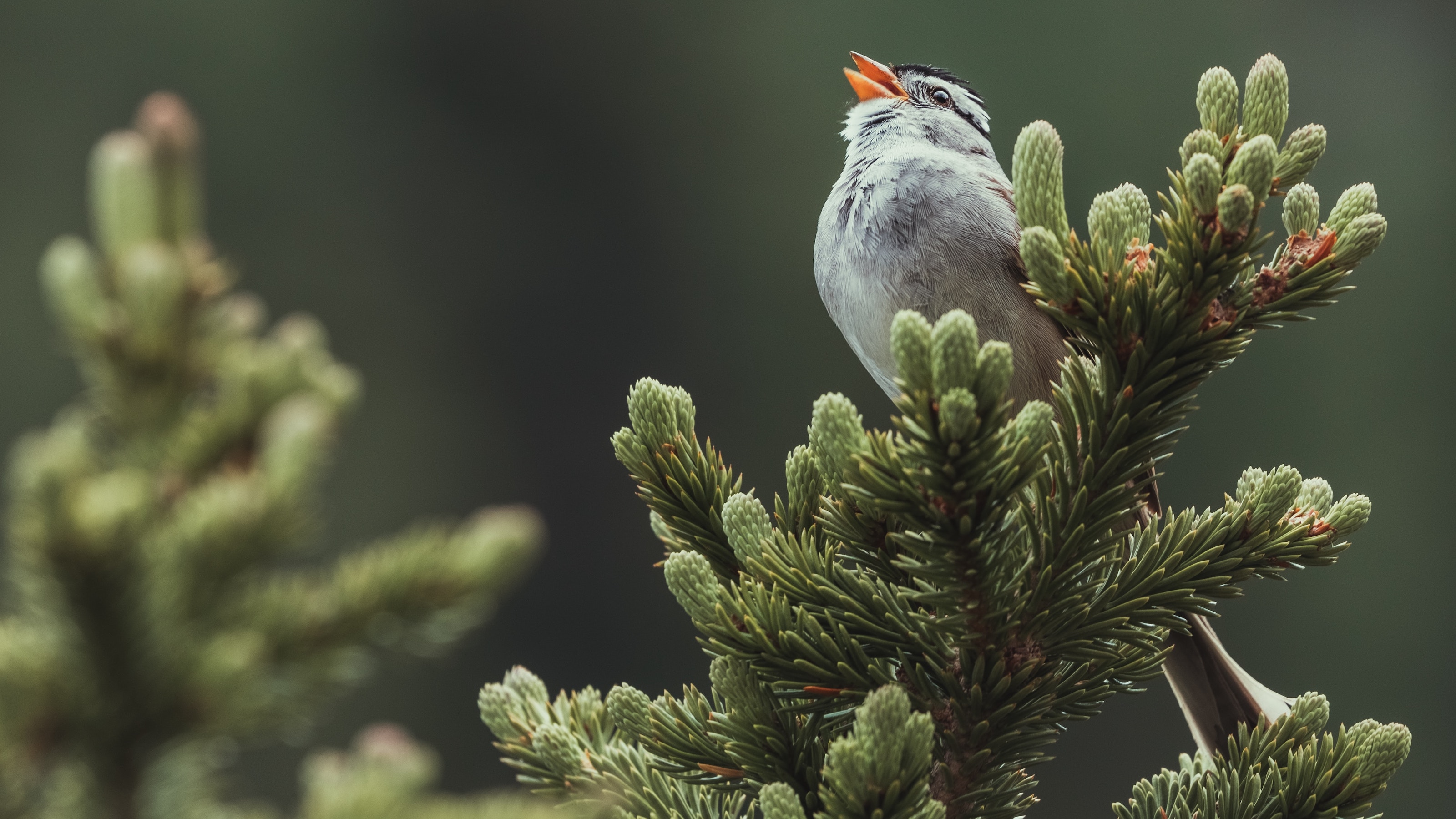Seeing silence: what nature tells us if we listen

- Spring 2020 marked the largest drop in global seismic noise in recorded history. It took a pandemic to shut us up for a while.
- Listening to silence is not the absence of noise; it is the willingness to listen to ever-present non-human noise. By listening, we begin to see the world anew.
- A new book by nature photographer and explorer Pete McBride invites us to celebrate the art of listening to nature and to reconnect with our ancestral need of being in the world.
We humans are a noisy bunch. With our machines, trucks, sirens, horns, beeps, loudspeakers, airplanes, and lawnmowers, we have surrounded ourselves with the deafening sounds of progress. To be in a city is to cordon nature on the outside. The timid tweets and cooing of birds, rain hitting the pavement, and the occasional thunder are a few of the only sounds we hear from within our homes, if we bother to turn off the TV or computer or smartphones to pause to listen.
We evolved to have a profound sound acuity. This was a must if our species was to survive in the jungles and the savannahs by protecting ourselves from predators and enemies and finding food and safe shelter. Being attuned to the natural world meant not only seeing things but hearing them. At night, seeing with our ears, building a spatial perception of our surroundings unaided by images, was a matter of life or death. Our ancestors could reconstruct a whole environment — the kinds of animals, the direction of the wind, if water was near or far, the weather patterns — by quietly listening.
The sound of silence
Silence is not the opposite of noise; it’s the opposite of not wanting to listen. Even in the wildest, most remote places, there is noise. If there is air and atmosphere, there is sound. Unless you are in outer space (where there is no air and hence no support for propagating soundwaves), silence — understood to be the total absence of sound — is more an idea, an aspiration.
I met Pete McBride two years ago when I hosted a TEDx at Dartmouth, where I work. Pete is an alum, and he came to campus to promote his spectacular documentary about the Grand Canyon, the result of a 750-mile trek along the entire length of Earth’s most majestic chasm. He struck me as one of those legendary nature photographers who combine unique technical talent, physical strength, and a refined sense of belonging, body, and soul to the natural world. The result is arresting photography of deep sensitivity, revealing parts of the world that most of us only dream of seeing.
We immediately hit it off and are currently collaborating on a joint project that combines our visions of how to be in the world. Given what he does and where he has been, I am flattered that he is impressed with my ultrarunning and pursuit of physical endurance. McBride’s camera is both a brush and a lectern, allowing him to create stunning visual poetry of inimitable artistry but also with intent. His intent is to awaken us to what is currently happening in the wildest places on Earth: the rampant loss of habitat, the criminal encroachment on Native lands, the destruction of an environment that, tragically, is essential to our survival. McBride uses his camera not just to enchant and document but to incite us to reconnect with our evolutionary roots.
Case in point, McBride just published a gorgeous book, Seeing Silence: The Beauty of the World’s Most Quiet Places, at once a celebration and a lament. It’s a celebration of the raw beauty of listening to nature in all its splendor, an invitation for us to go back to the wild with our eyes and our ears wide open; it’s a lament for the loss of this noisy natural silence, deafened by our own artificial machinery and lack of interest in connecting viscerally with a nature that is out there, waiting. How often, if ever, do we step away from the city, even if just to an open field far from roads, and listen? To sit on a rock with eyes closed next to a cliff overlooking the ocean, or on a glacier at 14,000 feet, or quietly floating down a river on a canoe, is nowadays considered a privilege or, tragically, a waste of time.
Yesterday, I went for a hike with my family to enjoy the beautiful fall foliage. Colors were everywhere, spectacular as ever. But the most impactful experience of our simple adventure was not visual. It was the sound of leaves falling and hitting the ground, a literal rain of leaves pirouetting all around us to the sounds of crickets and the distant hooting of owls.
The Norwegian explorer and writer Erling Kagge also recently celebrated the relevance of silence, lamenting that in the age of noise, “Silence is almost extinct.” In his book Silence: In the Age of Noise, he quoted the French mathematician and philosopher Blaise Pascal, who already in the early 1600s wrote that “all of humanity’s problems stem from man’s inability to sit quietly in a room alone.” Kagge notes that Pascal “maintained that our constant flight from ourselves is a reality so brutal that we try to avoid thinking about it.”
We hide in noise to avoid the terrifying truths of silence.
The longest seismic noise reduction in history
It need not be this way. The forced encounter with our inner selves that being in silence prompts should be an opportunity to connect with the importance of being alone in the world outside and within. The older I get, the more I value the moments I can listen to silence. The forced quiet of the COVID-19 pandemic — “the longest and most coherent global seismic noise reduction in recorded history” — may have awakened some of us to its enchanting power and, sadly, may have made others nostalgic for the noises they use as shields against their loneliness.
The most profound and illuminating pronouncements and the most idiotic utterances always end in silence. It is then, in the quiet of what follows, that we are faced with the choices of how to react to the words just spoken, how to internalize their meaning. Music would be meaningless without the silence between the notes.
As McBride writes, “Whenever I come back from an assignment documenting a quiet corner of the Earth, I often notice how much clearer my mind feels. The quandaries of life seem simpler, my attention a tad sharper. Even after I reacclimate to the higher decibels of modernity, it feels as if the medicine of silence has quieted my mental noise.” The beauty of this magical medicine is that it is available to all of us in natural environments away from our noisy lives, and possibly even in cities, if only we care to listen.





